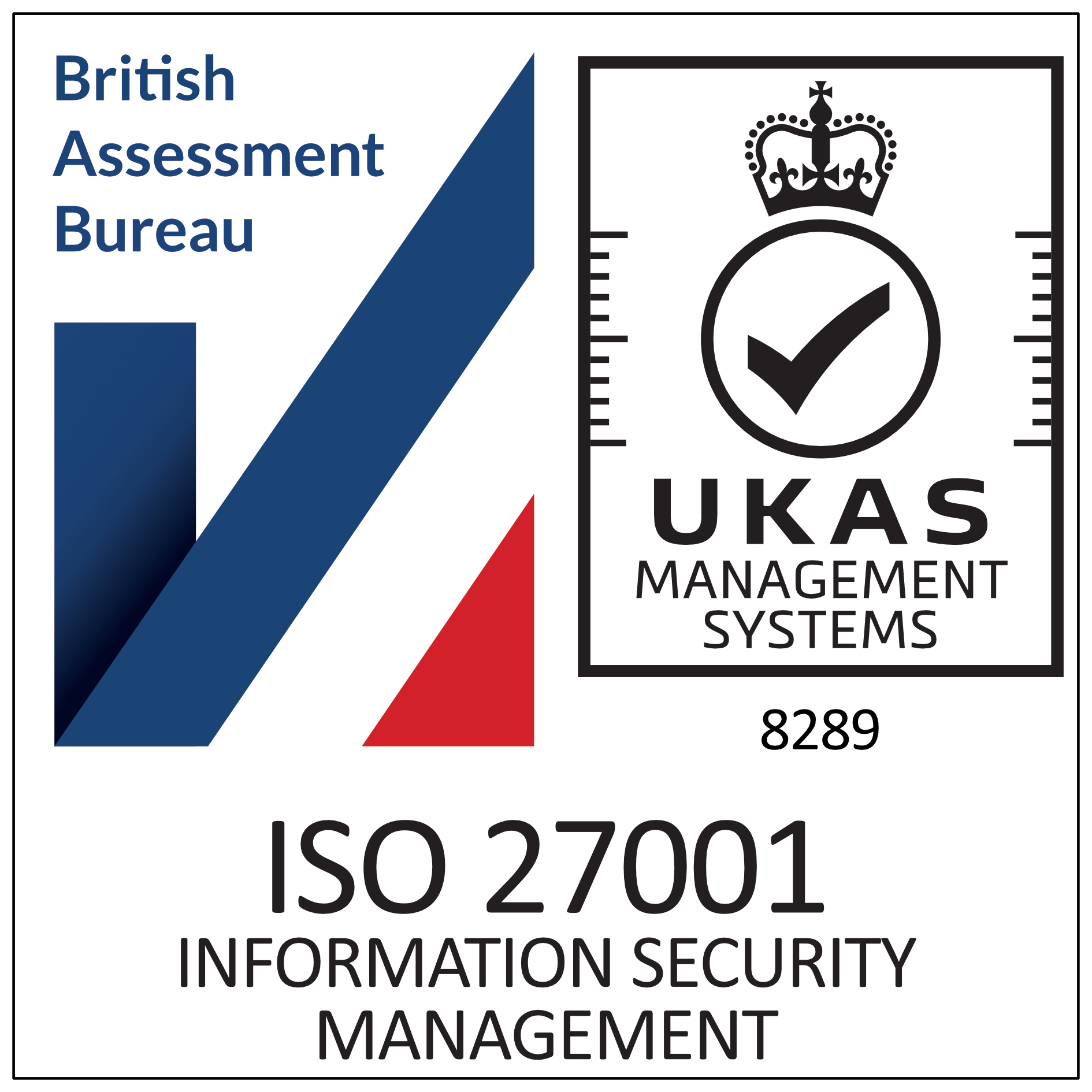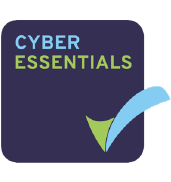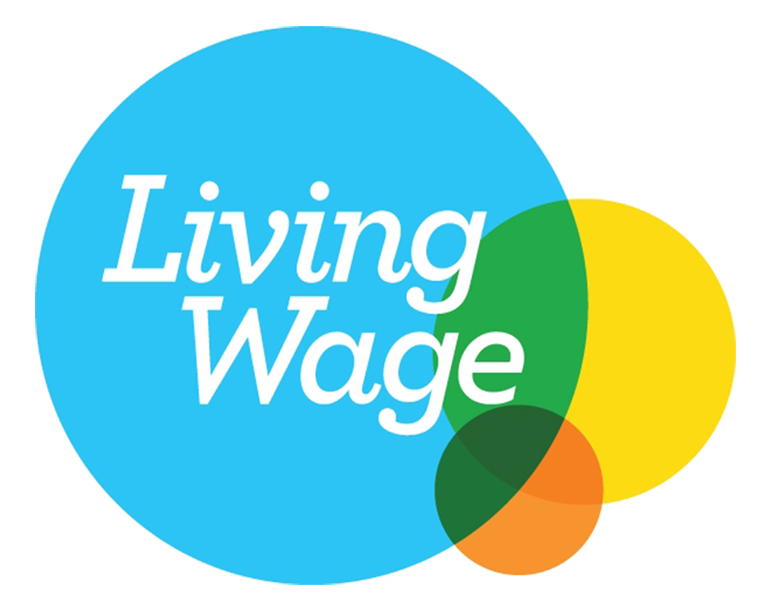SSL stands for Secure Socket Layer. This is a small file on your site, known as a ‘cryptographic protocol’, that encrypts any data sent from your visitor's browser to your web server so that only those for whom it’s intended can read and process it.
It does this by scrambling the ordinary ‘plaintext’ into ‘ciphertext’ for transmission, so that if the data is intercepted by an unauthorised user, it will appear unintelligible. The keys for this encryption are generated uniquely for each interaction, before any data is transferred, and the data cannot be seen or modified by an attacker without being detected.
Why is SSL important?
Without SSL, data on the web is usually sent in clear text from computer to computer until it reaches its destination. Any computer that passes on the data can see that information, so a third party could ‘listen in’ to communications and extract sensitive information, such as passwords, billing information, or any other data collected on your website.
What are the benefits of SSL?
SSL is not only important for encrypting information to protect against fraudulent use. It also gains the trust of visitors to your site by providing visual clues, such as a lock icon or a green bar. This sets your website apart from those without an SSL certificate, which on many browsers now display a warning that the site is not secure.


Other benefits include:
- Link encrypts data, preventing third parties easily seeing or stealing communications
- Prefixes the site address with “https”, a protocol that confirms secure communication
- Visitors can click on the padlock icon to get more information about the website owner
- Google gives a small search engine rankings boost to sites using SSL








